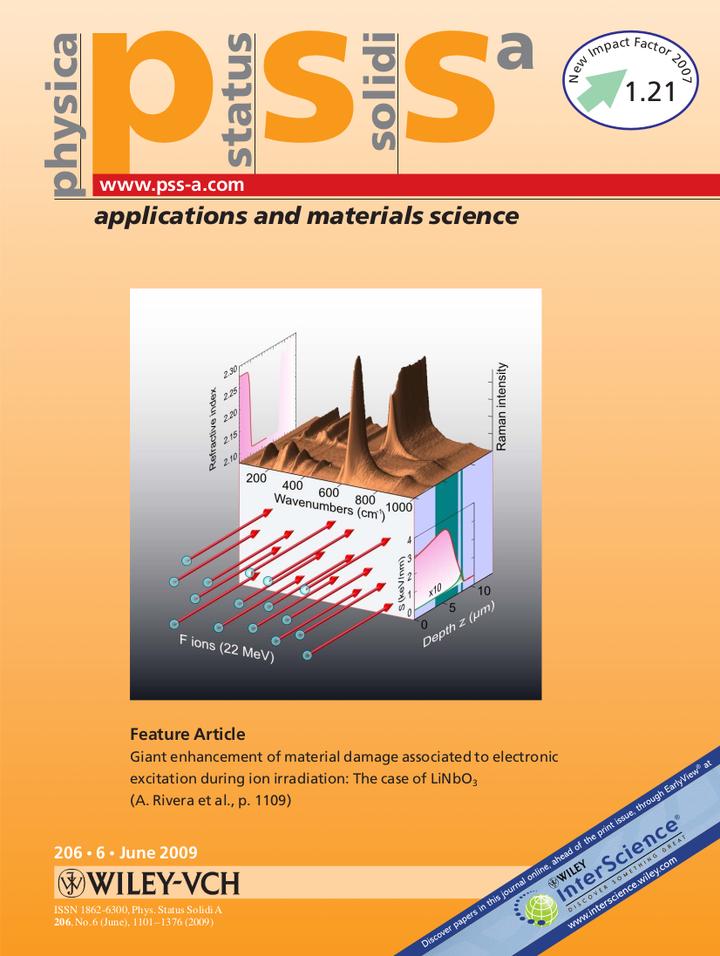Giant enhancement of material damage associated to electronic excitation during ion irradiation: The case of LiNbO$_3$

Abstract
The structural damage induced by ion irradiation on dielectric materials and associated device degradation has been, so far, explained on the basis of collisional processes mostly ignoring the electronic excitation. Recent work, focused on lithium niobate, offers conclusive evidence that at high ion energy and moderate mass (A ≥ 15) electronic excitation may induce a giant enhancement over the damage rate due to nuclear collisions. As a consequence the material becomes amorphized at irradiation fluences far below those required for nuclear collisions alone. These results are expected to have a deep impact on many technologies including storage of radioactive waste, radiation‐resistant materials for fusion reactors, lifetime of components and devices in space missions, nano‐patterning in electronics and photonics, and possibly heavy‐ion therapy in medicine.
Full citation
A. Rivera, J. Olivares, G. García, J. M. Cabrera, F. Agulló-Rueda, and F. Agulló-López,
“Giant enhancement of material damage associated to electronic excitation during ion irradiation: The case of LiNbO$_3$,”
Phys. Status Solidi A 206(6), 1109–1116 (2009).
DOI: 10.1002/pssa.200824409
This paper was the subject of the Cover Picture: Phys. Status Solidi A 206/6